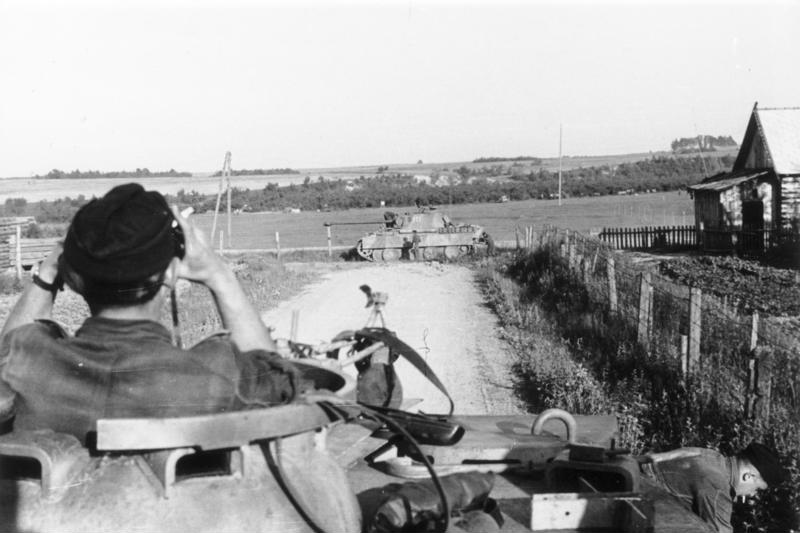The Minsk Offensive was a strategic military action carried out in the eastern part of Soviet Belarus and directed against the troops of Nazi Germany. The offensive was conducted from June 28 to July 4, 1944, during WWII, otherwise known to the Soviets as the Great Patriotic War.
In fact, the Minsk Offensive became one of the key stages of the Belarusian Strategic Offensive Operation of 1944, codenamed Operation Bagration. The main objectives of Bagration were the destruction of the German strategic Army Group Center, based in Minsk, and the complete liberation of Belarus from the German invaders.
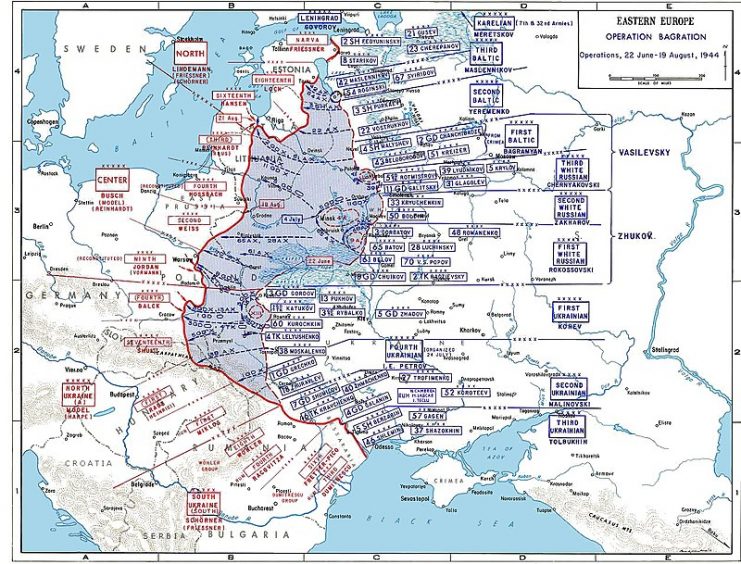
During the three-year occupation of Belarus, more than 200 cities and about 9,000 villages were destroyed. The fascists murdered an estimated 1-2 million Jews and prisoners of war. Over 400,000 people were taken to Germany.
Although the battle to rid the country of the invaders would see fighting of utter brutality, the entire Belarusian territory was eventually captured. On the night of 19-20 June, Belarusian guerrillas initiated the opening moves in the operation by conducting a series of explosions.
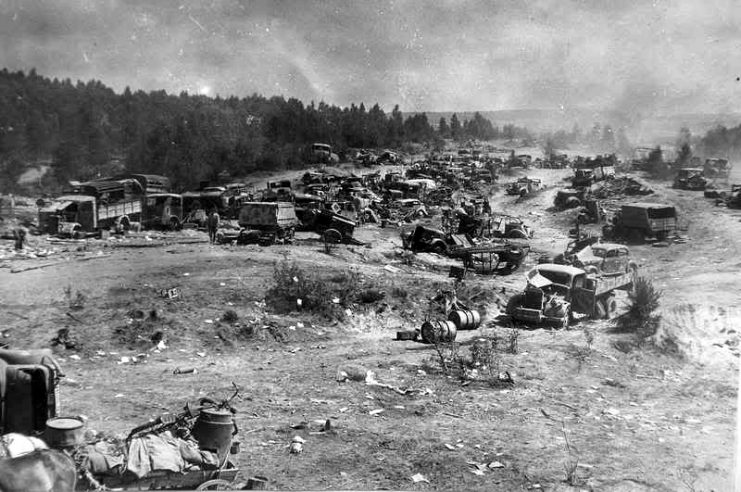
These resulted in successfully blocking the movement of the railway transport system, thus preventing supplies of fuel and ammunition from getting to the front. With their supply lines broken, the German troops were paralyzed, and their positions weakened.
In accordance to the plan of the Soviet leadership, on June 28, the troops of the 1st and 3rd Belarusian Fronts, two simultaneously converging forces, struck at the German troops stationed in Minsk.
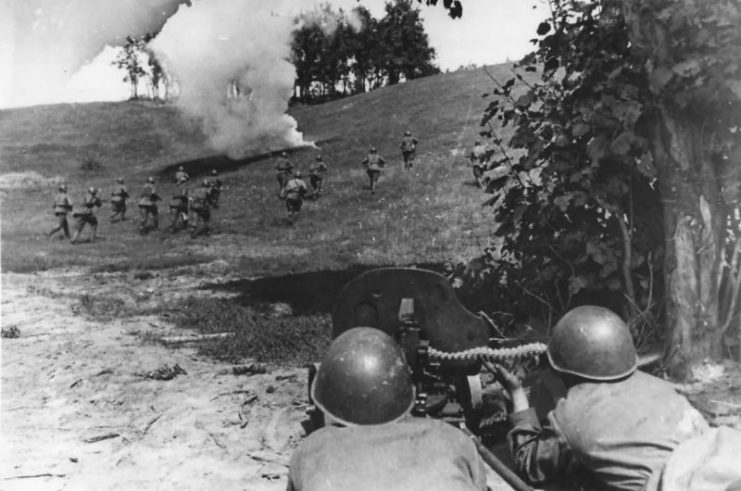
The troops of the 1st and 3rd Fronts had highly mobile tank units. At the same time, the left flank of the 1st Front and the right flank of the 2nd Belarusian Front were blocked by German troops, helping the Germans Minsk grouping.
The task of the 2nd Front was to conduct battles against the Wehrmacht units retreating to Minsk. Assistance in the operation was provided by the troops of the 1st Baltic Front.
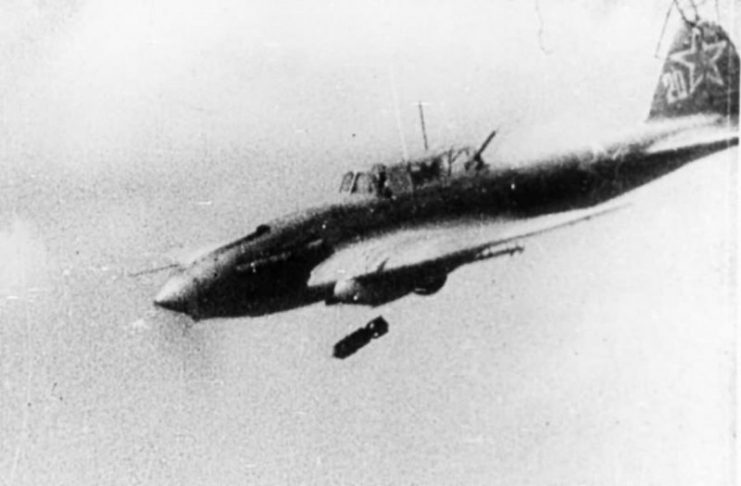
Belarus is a land of numerous small and large rivers, swamps, and lakes. Such terrain brought additional complexity to the operation. In order to get each of the fighting Fronts over these obstacles, special military units were created. Their task was to prevent the destruction of bridges and the seizure of river crossings.
When the offensive began, before the 3rd Belarusian Front there stood the most difficult task. In the zone of its offensive objectives (the district of the city of Borisov), the most powerful group at the German’s disposal was based.
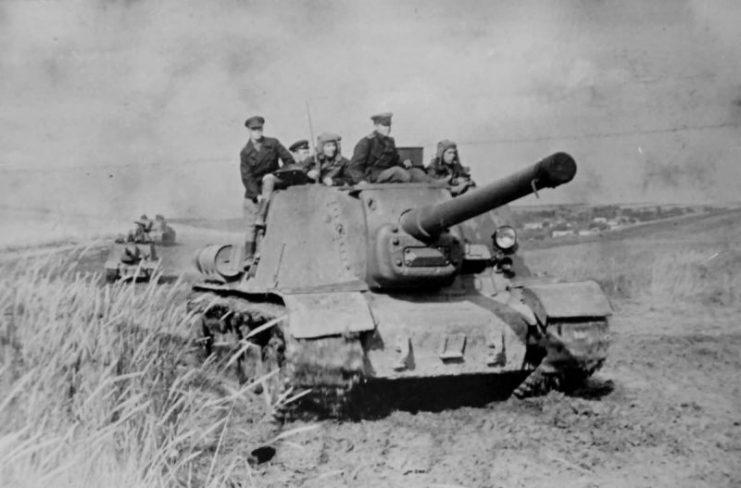
On the day of the battle, the Soviet forces reached the Berezina River. Through the efforts of assault units, with the support of partisan detachments, they were able to seize and expand three bridgeheads on the western bank of the river.
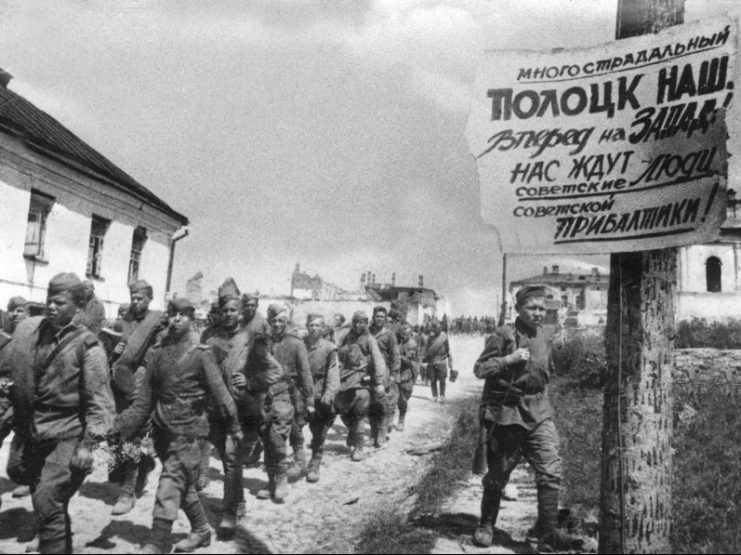
By June 30, the 3rd had got the main body of its force across the Berezina. On the night of July 1, thanks to the efforts of the 5th Guards Tank Army, with help from the 11th Guards Army and 65th Army, the city of Borisov was liberated. The road to Minsk became free.
The 1st Belarusian Front engaged the enemy at the town of Slutsk. There they met serious and well-organized resistance. Lieutenant General Issa Alexandrovich Pliev organized a “flanking coverage of the city.” A simultaneous assault on three sides brought success and on June 30, 1944, the city of Slutsk, the southern outpost of the Polotsk-Minsk-Slutsk defensive line, was liberated.
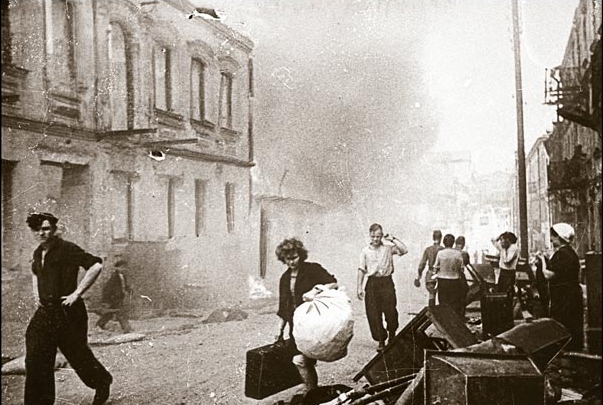
As a result of the well-coordinated combat actions of the three Belarusian Fronts, there were about 40,000 German soldiers trapped in an area of approximately 10 square miles, known as the “cauldron”.
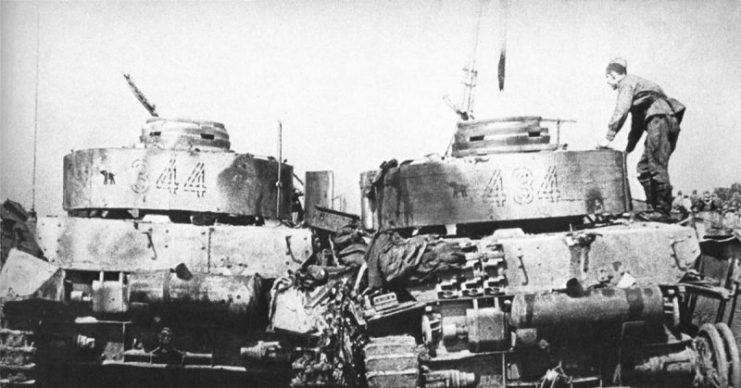
On July 1 and 2, a large tank battle took place between the 5th Guards Tank Army and the 5th German Panzer Division. As a result, the German Panzer Division lost most of its tanks and, at the same time, the ability to influence the development of events.
Meanwhile, Soviet front-line tank forces managed to avoid any prolonged fighting and reached Minsk. At the same time, several railway junctions were destroyed.
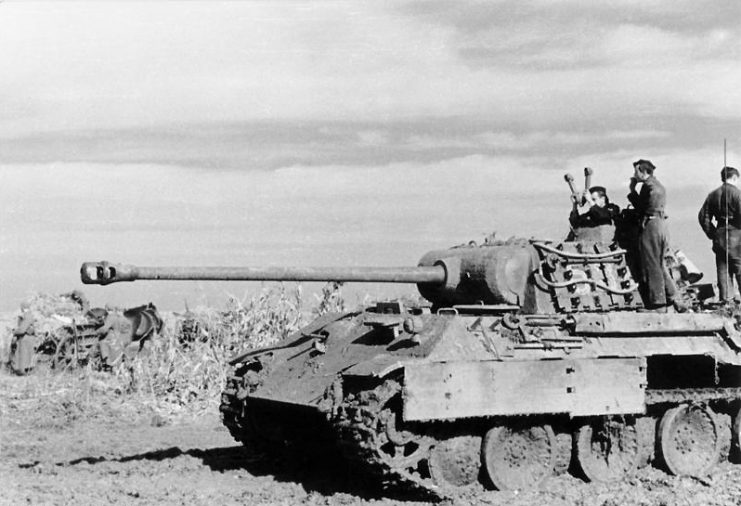
The troops of the 2nd Belarusian Front, under the command of Zakharov, blocked the Mogilev-Minsk highway on July 1, 1944. The main task of the 2nd Front was to destroy and disrupt enemy formations, preventing them from withdrawing to the west. The fighters of the 2nd Front coped with their task perfectly.
During the night June 2, the storming of Minsk began. From the southeast, came the 1st Guards Tank Corps of the 1st Belarusian Front; from the north and north-west the army of Rotmislava and the 2nd Guards Tank Corps. The garrison of the German command defending Minsk was unable to seriously resist, and the fighting ended in the middle of the day.
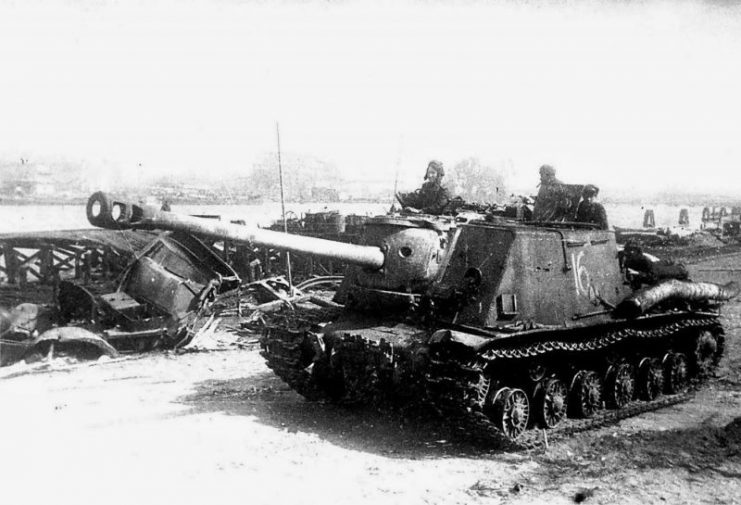
The capital of Belarus was now completely liberated from the German occupation. In the evening of the same day, at 10 pm in Moscow, the sky was painted with salute lights, and a festive salute (exactly 24 volleys) in honor of the liberators of the capital of Belarus thundered across the city.
On July 5, Vasilevsky, Marshal of the Soviet Union, arrived in liberated Minsk. The sight of the city had a sad effect on him. In his report to Stalin, he described what he had seen:
“… July 5, I visited Minsk. I had an extremely difficult impression. The city was badly destroyed by the fascists. Of the large buildings, the enemy did not manage to blow up only the house of the Belarusian government, the new building of the Central Committee of the CPB, the radio factory and the House of the Red Army. The power plant, railway station, most industrial enterprises, and institutions are blown up … “
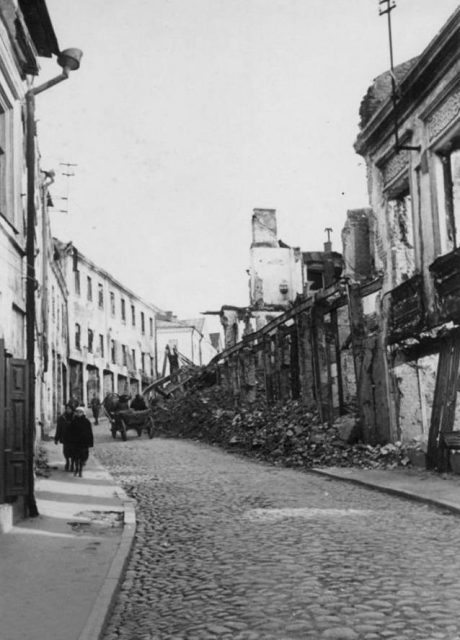
As a result of the completion of the Minsk Offensive, a large number of German soldiers fell into the eastern “cauldron”. Their number is estimated at 120,000 men. The command had long since left the “cauldron”, and the soldiers made attempts to escape to the west. Some Germans tried to break through the cordon using “cold steel.”
The commander of the 12th Army Corps, V. Muller, controlled remnants of the army. As a result, seeing his hopeless situation, V. Muller decided to capitulate. On the morning of July 8, he traveled to the lines of the Soviet troops and surrendered.
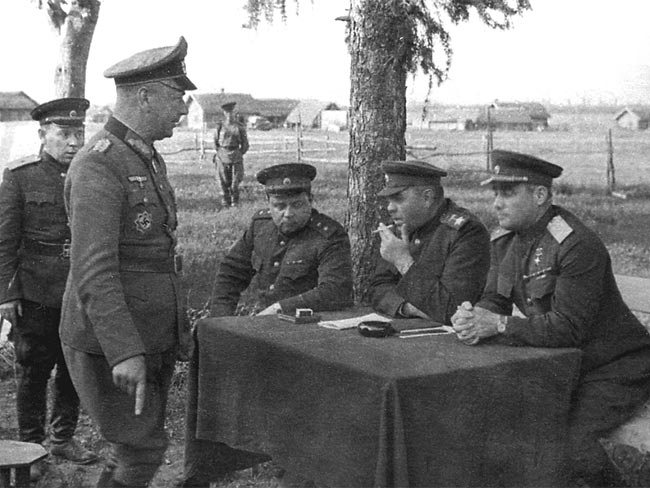
He immediately wrote the following order:
“8.7.1944. All the soldiers of the 4th Army, located in the area east of the Ptich River!
Our situation after many days of heavy fighting has become hopeless. We have fulfilled our duty. Our fighting capacity is practically reduced to nothing, and we can not count on the resumption of supply. According to the High Command of the Wehrmacht, the Russian troops are already under Baranovichi. The path along the river is blocked, and we can not break the ring on our own. We have a huge number of wounded and soldiers who have lost their parts.
The Russian command promises:
- a) medical care for all the wounded;
- b) the officers leave the orders and cold steel, the soldiers – the Order.
We are required to: collect and hand over all available weapons and equipment in good order.
Put an end to senseless bloodshed!
I order:
Immediately stop resistance; gather in groups of 100 or more persons under the command of officers or senior in rank of non-commissioned officers; to concentrate the wounded at the collection points; act clearly, vigorously, showing comradely mutual assistance. The more discipline we show on delivery, the sooner we will be put on an allowance.
This order must be distributed verbally and in writing by all available means.
Müller, Lieutenant-General, and Commander of the 12th Army Corps “
Until July 12, a sweep operation continued. As a result of the fighting, more than 72,000 German soldiers were killed and more than 35,000 were taken prisoner. Later, Soviet soldiers and officers took part in the famous march of victory through the streets of Moscow.
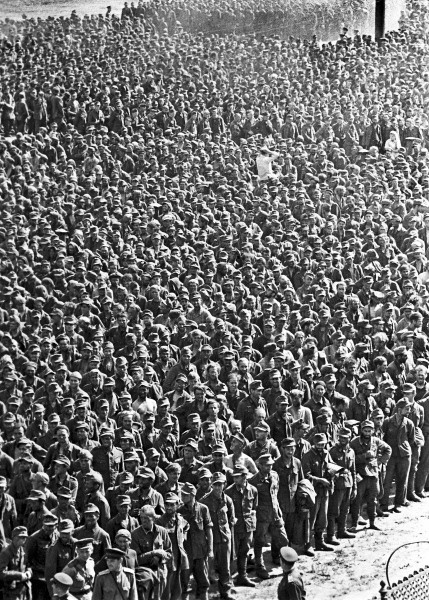
During the Minsk operation, the Red Army showed an excellent level of organization and cooperation between the military and partisans. The Soviet army subsequently adopted many innovations. Operation Bagration is considered an excellent example of a well-coordinated, large scale advance on multiple fronts.
